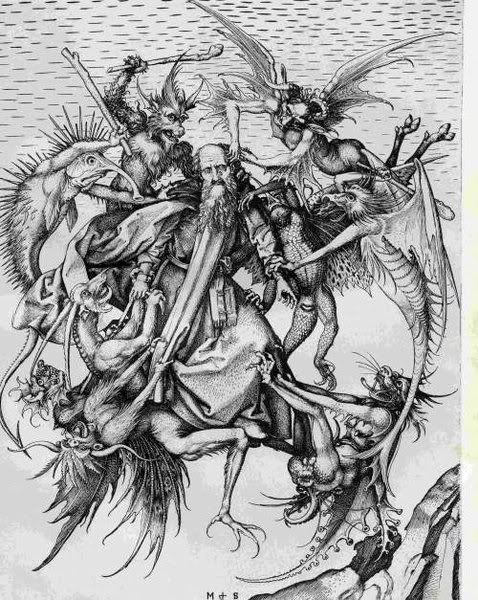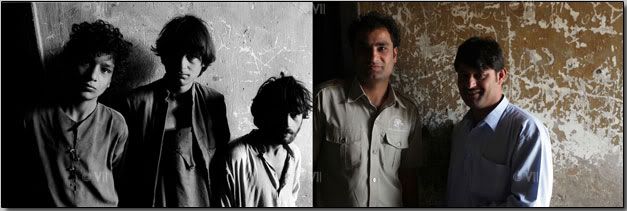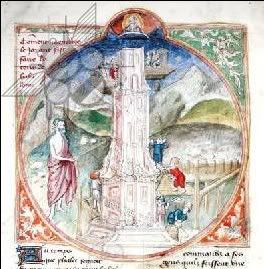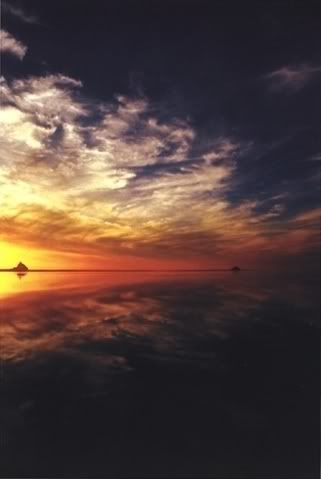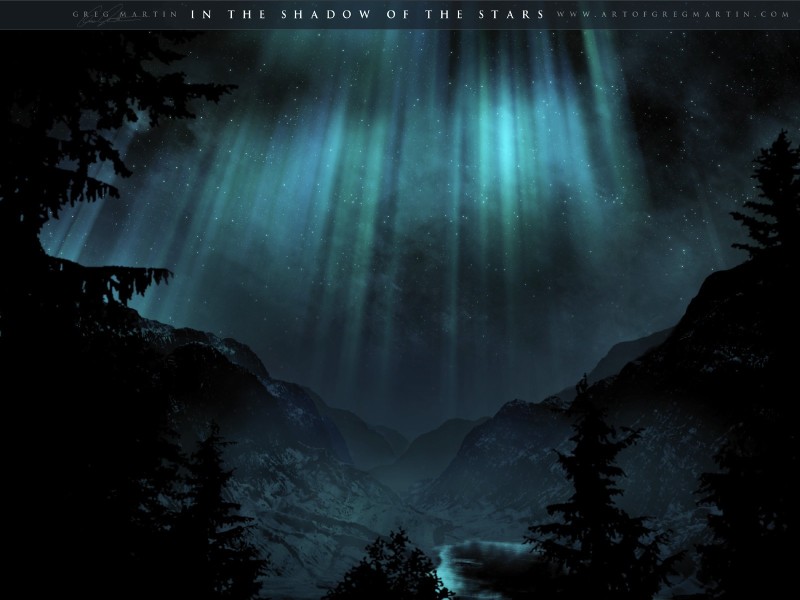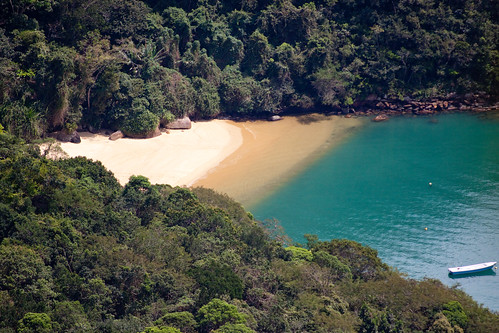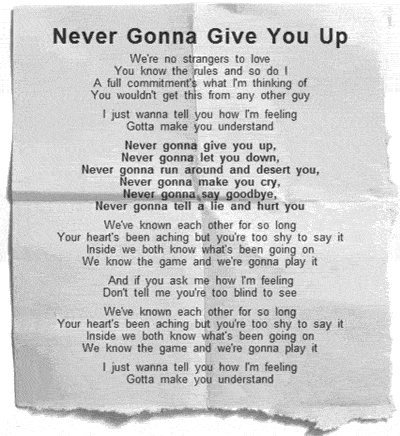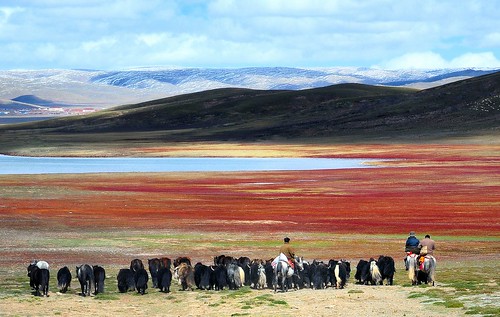Seamus Murphy: Afghanistan, 1994-2010
Duchenne (de Boulogne), G.-B. 1876. Mécanisme de la physionomie humaine
Duchenne (de Boulogne), G.-B. 1876. Mécanisme de la physionomie humaine. Deuxième édition.
Read more...La Tentation de saint Antoine (petite version) David II TENIERS ou TENIERS le Jeune
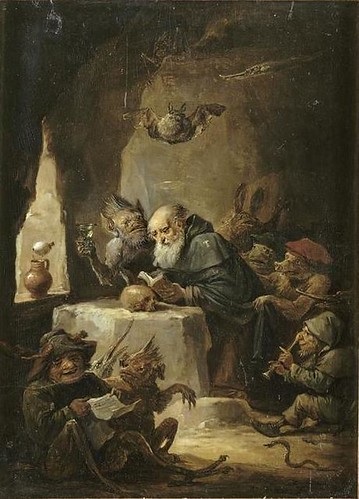
La Tentation de saint Antoine (petite version) David II TENIERS ou TENIERS le Jeune, upload feito originalmente por renzodionigi.
David II Teniers
La Tentation de saint Antoine (petite version)
huile sur panneau
22 cm x 16,4 cm
[louvre.edu]
The World according Copernicus
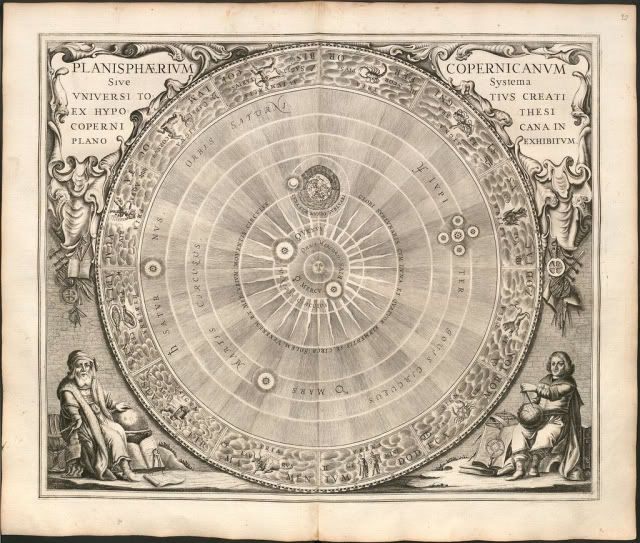
Johannes Janssonius - Planisphaerium Copernicanum Sive Systema Universi Totius Creati Ex Hypothesi Copernicana In Plano Exhibitum 1660 [source: BibliOdyssey]
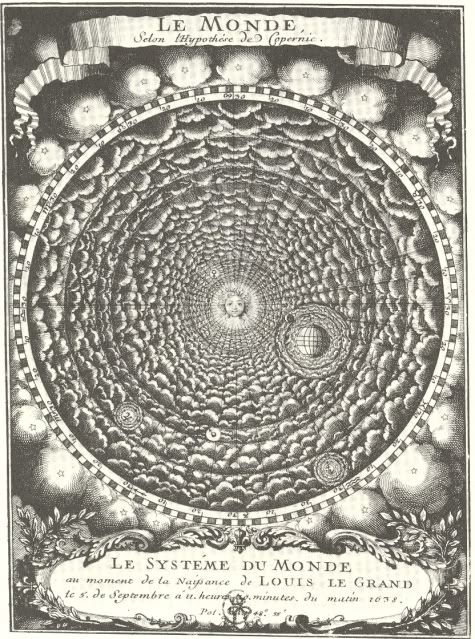
Le Monde Selon l’Hypthese de Copernic. Le Systeme du Mondeau movement de la Naissance de Louis le Grand le 5 de Septembre 11. heures 20 minutes du matin 1638 [BibliOdyssey, Ptak Science Books]
Dante´s Cosmos
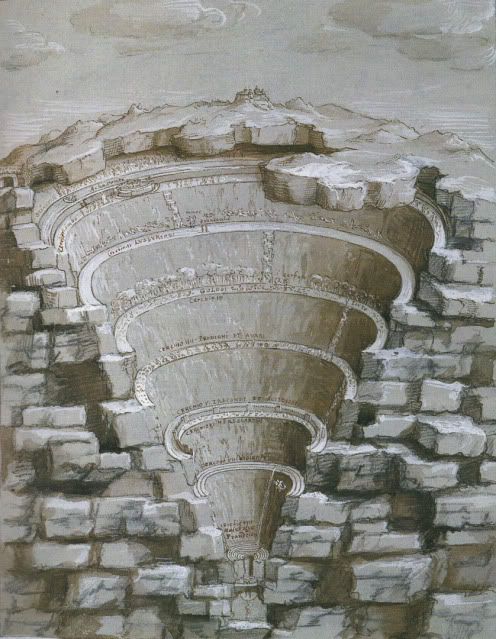
Stradanus (Giovanni Stradano). Map of the whole hell (1587?)
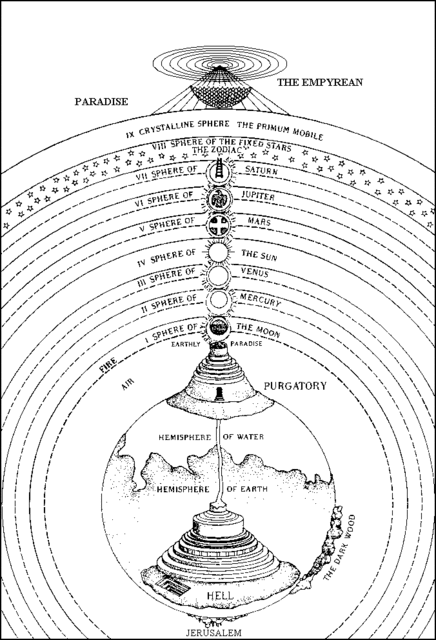
Michelangelo Cactani. La Materia della Divina Commedia di Dante Aligherie (1855) [source]

Domenico di Michelino. Dante and the Three Kingdoms (1465)
Read more...
Worlds of Goya
Francisco de Goya y Lucientes (1746-L828) was one of the most influential figures in Spanish art. He was also extremely important in the development of modern aesthetic sensibility, a forerunner of Romanticism, both in the content of his paintings, with their in-depth exploration of reality and references to the dream world, and in his very original technique.
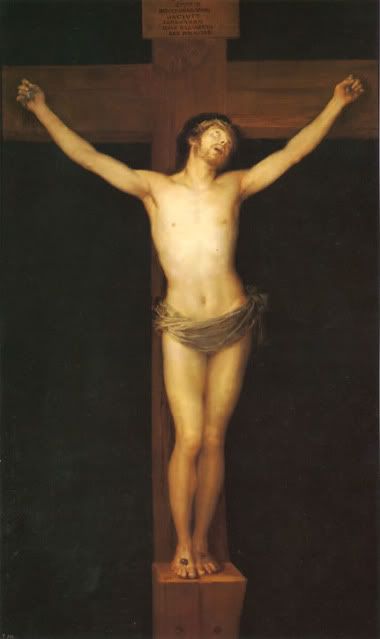
Cristo crucificado (more here)
His work embodies his personal imaginative visions, defying traditional academicism and conventional subjects. Goya described himself as a pupil of Velazquez, Rembrandt, and nature: from Velazquez, he acquired a feeling for softly shaded colour, applied in layers: from Rembrandt, his predilection for dark and mysterious background settings; and from nature, he took an endless variety of forms, some beautiful, some not. [source]

La maja desnuda
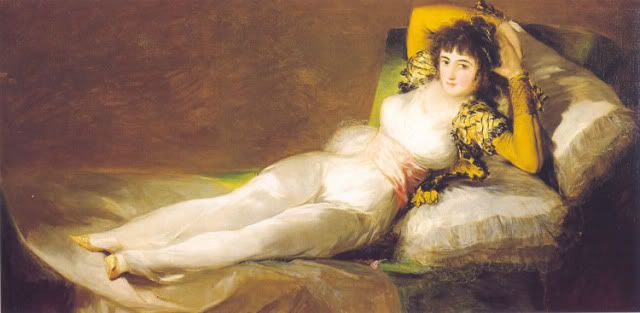
La maja vestida

'Francisco Goya y Lucientes, Pintor' (Caprichos)

"El sueño de la razón produce monstruos" (Caprichos)
Goya was a keen observer of contemporary society and recorded the sense of unease caused by Spain's moral and political crisis in the closing years of the 18th century: he also portrayed with dexterity the picturesque quality and gaiety of the life of Madrid's majas; the religious life of the people and the enthusiasm for progress and technology. [source]

"Modo de Volar" (Disparates)
Goya was liberal minded, a man of the Enlightenment, and his social circle was made Lip of progressive intellectuals. He turned his attention to the world of the dispossessed — in The Wounded Mason and Winter (1786-87). for example -and later to the mysterious world of sorcery and witchcraft, which was already popular among writers of the time. lie also strongly and graphically denounced injustice and cruelty, and the false morality and bigotry of religious hypocrites. In his Los Caprichos series (l797-99). Goya highlighted the evils of ignorance and superstition, attempting to exorcise them with his mercilessly lucid portrayals.
As chief Court painter, he painted superb portraits of the Spanish nobility and royalty, often influenced by Velazquez; echoes of the famous Las Meninas are evident in The Family of Charles IV. Using extraordinarily skilful pictorial effects, he accurately portrayed the Rococo opulence of furnishings and fashions, the aristocratic assurance of his subjects' poses, while subtly recording the pettiness and vanity of a corrupt and complacent ruling class. The French invasion, the subsequent popular uprising, the horrors of war. and disillusion at the realization that the supposed liberators were merely new oppressors, all prompted Goya to bear witness to events either in a realistic or an allegorical manner; his series of etchings The Disasters of War (1810-20) brings to mind Callot's earlier series. In 1819, he became seriously ill, and grew more introspective. He embarked on the strange and brilliant "black paintings'' cycle, which combined a very personal vision with his persistent religious themes. His preoccupation with human folly lasted right up until his death in 1828. [source]
